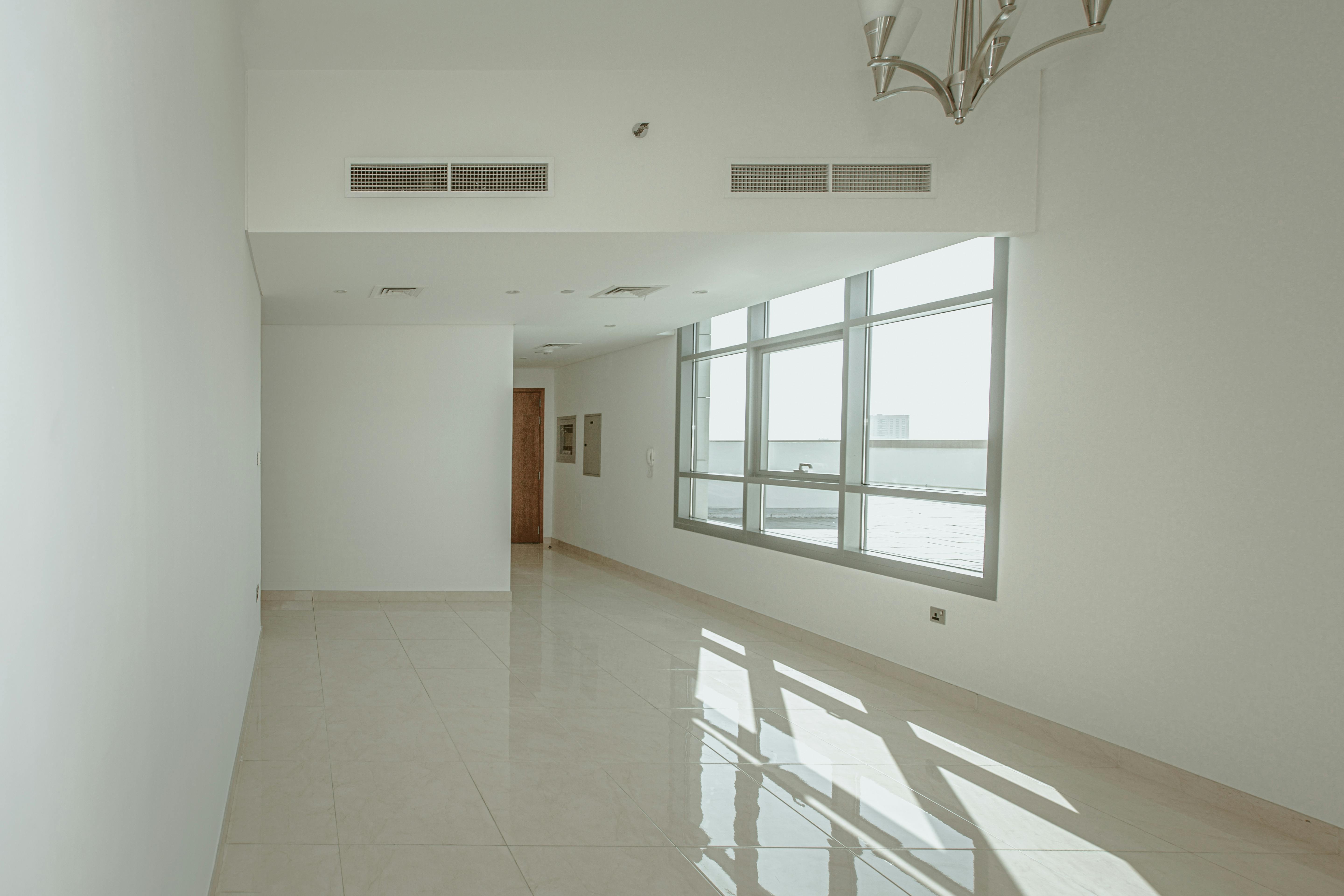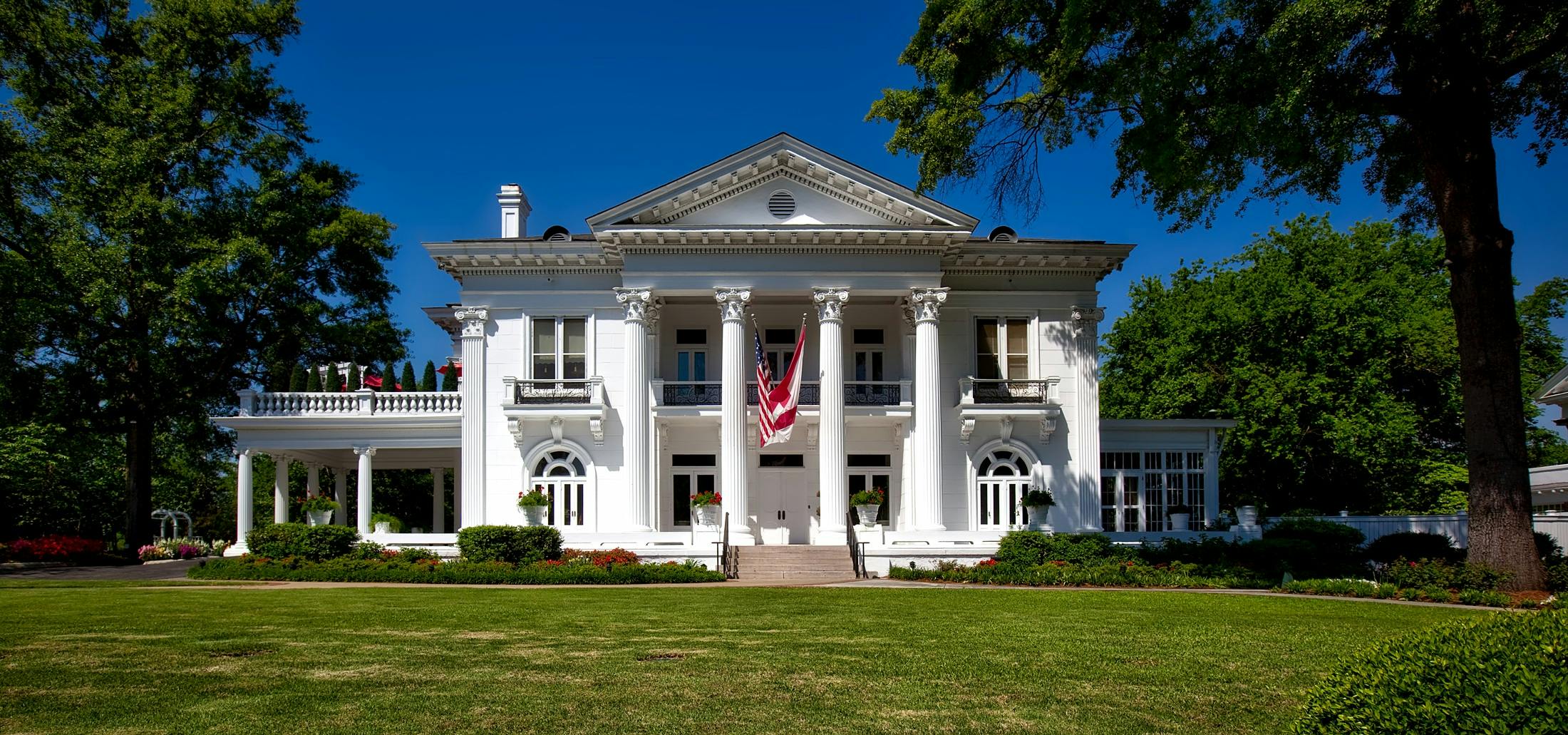The Australian retirement industry is worth billions of dollars. In fact, Australians have $1.3 trillion saved in public and industrial superfunds. This means that there are many professionals, consultants, advisers and other players involved in the super industry who earn billions of dollars a year in fees from their savings.
These people make these fees regardless of whether they make a profit on their super savings or not. So not only do you have to deal with the fact that, in an economic downturn, you will most likely have a loss of your super savings, but you also have to pay the fees of professional advisors and fund managers for the privilege of lose your money.
Also keep in mind that retirement laws are very complex and complicated. Everything that has to do with running a super fund is over-regulated by the government. And fund managers and professional advisers love this over-regulation.
This is because to them it means that people will pay more fees to keep things compliant. They also know that retirees will be too afraid to start their own retirement funds as retirement becomes more regulated.
That brings us to another alternative, what else can be done? That alternative is a Self-managed Pension Fund. SMSF for short. You can start and manage your own super fund. This is legal and permissible. By doing so, you become the master of your own destiny. You are in full control of your own savings. You can invest your own savings in any way you see fit and switch investments whenever you want. You may ask ‘how can I manage a large fund?’. Stop wondering why more people in Australia don’t run and manage their own super. Most Australians are happy to buy a residential rental property and manage it themselves as an investment. It is an Australian national pastime. No one resists doing this.
‘The rental property is for my retirement.’ people say. Well, why not do the same for Super as it is for his retirement? It can only be for his retirement. Once you understand that, you’ll be able to manage your own super fund just as easily as you can buy and manage an investment property.
Here are some of the advantages of an SMSF to consider:
• Self-managed superfunds give you the opportunity to reduce income tax on investment income and capital gains;
• Self-Managed Superfunds Increase flexibility of investment options and asset selection;
• Self-managed super funds provide control over your total investment portfolio, with the ability to take into account the risk profile of all your assets, including those held out of retirement;
• Self-managed super funds have between 1 and 4 members in the fund and allow the pooling of resources from others with similar financial goals (for example, a family unit); • Self-managed superfunds provide maximum flexibility regarding the use of pension flows;
• Self-managed super funds provide greater flexibility to use retirement benefits for those seeking to access Centrelink benefits such as age pension;
• Self-managed super funds give you the ability to roll over personally owned stocks and other listed securities directly into retirement; Y
• Self-managed superfunds also give you the ability to own your company’s real estate (but not operating assets) in your retirement fund, helping to solve the financing and cash flow problems of many businesses.
You can see that an SMSF is great for hanging your business. Many investment and tax planning strategies can be incorporated into your business with the help of your super fund. For example, your super fund owns your business premises.
You use your SMSF for your profit and benefit, not for fund managers and professional advisers to profit and benefit, at the expense of your savings.
But you don’t have to be in business to have an SMSF. You can create and run one even if you are an employee working for the boss. You have the option to choose where your employer’s retirement contributions go, and it can be to your own SMSF.
The only drawback is that you still have to meet the compliance rules and file a tax return for the SMSF. This means that you will need an Accountant and an Auditor each year. A typical cost for annual accounting and auditing work is $2,000 to $3,000 for a standard SMSF. The standard is an SMSF that invests in common investment types such as bank interest, stocks and property. Your SMSF would need more than $250,000 for this cost to be more profitable than the fees you pay to fund managers. That’s the only drawback.
In conclusion, I would advise anyone who has more than $250,000 in super (which can be added for family, eg husband and wife and children who work super go to an SMSF) consider making it their own SMSF.
So be proactive in managing your own retirement benefits and don’t let others do it for you for big lazy fees.



